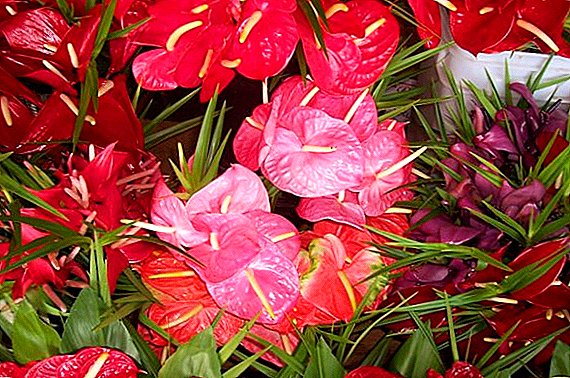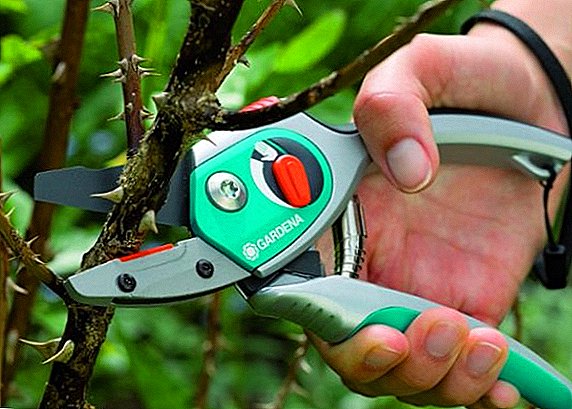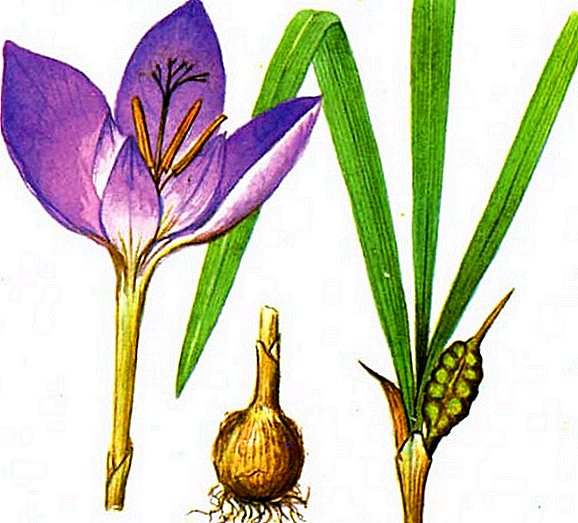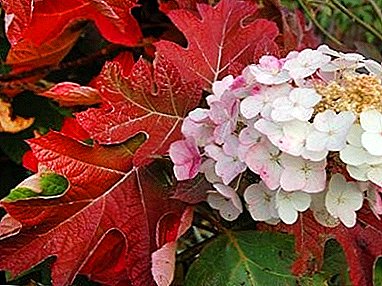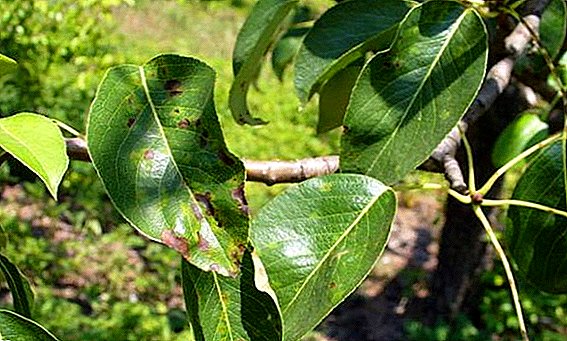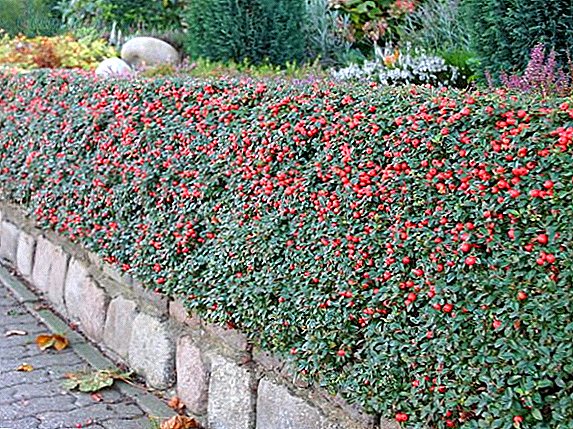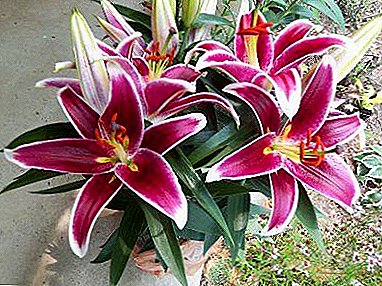
Eastern Lilies - the most beautiful hybrid subspecies.
The plant is a perennial.
Under a good layer of mulch can tolerate strong frosts.
Prefers frequent watering, additional fertilizing and abundant sunshine.
Description and photo
Eastern Lily - This is a blooming perennial. Refers to onion flowers. The main vegetation of this representative flora are rhizome and onion. The stem of the renewal is divided into two parts.
Donets is considered a shortened basal. On it are spare scales, which are considered to be onions. Next, the plant consists of a long ground stem. On it are flowers and leaves. This part is called flower sproutThe photo below shows the Eastern Lily.
Below are photos of the Eastern Lily:



Every year a spring renewable bud is formed at the top of the tip of the main onion. Nearby grows shtambol, flowering stem and the necessary scales. Due to this formation, Eastern hybrids belong to the most beautiful and magnificently flowering lilies. Shades of flowers are the most diverse: red, amber, purple, pale pink, snow-white, golden, with blue and purple veins, with emerald specks.
The diameter of the flowers can reach 10-20 cm. Flowers are flat with wavy petals. The tips of the petals can curl or curl. Anthers brown or orange hue. On the peduncle can be 1-5 flowers. Flowers are directed in different directions. The distribution area is very large.
Oriental lilies can be found in Australia, the southern states of America, New Zealand and Europe.
Care
The following describes how the landing and care of the Eastern Lilies.
Pruning
Mandatory pruning plant does not require. But after flowering is recommended remove withered flowers and peduncle with a sharp knife, as it spoils the decorative look.
Transfer
 Replant the plant is not recommended.
Replant the plant is not recommended.
Oriental Lilies should be planted immediately on a permanent place of growth.
Repot the plant only with the wrong selection of places.
In this case, the flower transplanted to ground cover flowers.
In this case, during hot weather the soil will not overheat, and on frosty days it will freeze up much. Growth time in one place: 4-6 years.
Landing
Place for landing choose a well-heated, sunny, windless. Lilies love to grow next to the overgrown grasses and low-growing shrubs that protect them from the wind.
The plant prefers breathable acidic soil.
You can use the purchased soil for rhododendrons.
Importantso that the soil does not contain lime.
Landing is best done at the end of summer, when there is still stable warm weather. During this period, the bulbs of Eastern Lilies will have time to take root and form the necessary buds. But it is better to buy planting material at the end of spring, when experienced growers professionally separate the bulbs from the mother plant. Bulbs need certain storage requirements. The video below shows how to plant and care for Eastern Liliacea.
Below is a video of the proper fit and care of Oriental lilies:
Breeding
 Breeding happens with the help of bulbs.
Breeding happens with the help of bulbs.
Importantso that before planting they are in a cool room at a temperature not higher than 0-2 ° С.
During growth, planting material requires a temperature of 2-6 ° C.
For storage it is best to use basements, storage rooms, cold corridors or verandas.
Planting material is stored under a layer of moistened peat or sawdust. If this is not possible, then each bulb wrapped around paper. Otherwise, the future sprouts will be severely curved. Every two weeks, the bulbs are ventilated and checked for the presence of mold. Later they are planted in deep tanks with black soil and peat. At the end of the summer they are planted in open ground.
Landing depth should not exceed 15 cm.
Planting material is covered with mulch. To do this, use peat or leaves. The layer of mulch should be 14-22 cm.
Reproduction also occurs. process division. But it is worth considering that the young Eastern Lilies do not form the planting stems. For breeding vegetative way use only adult plants.
When breeding seeds hybrid colors are not transmitted. Therefore, this method is used only breeders to create new forms of hybrids.
Important! Eastern Lilies do not like fresh soil mixtures.
In such conditions, the plant feels very uncomfortable.Important, so that the growing medium is acidic, without chemical impurities and lime.
Temperature
 When grown, this representative flora is necessary protect from severe frosts.
When grown, this representative flora is necessary protect from severe frosts.
Should guard shtamb on which flowers form, and the bulb on which the necessary renewable bud appears.
With severe frosts, the plant is covered with a layer of mulch.
The soil temperature should not be below 0 ° C. In hot summer weather, Eastern Lilies can grow in the sun. The optimum temperature at this time of year is 15-30 ° C. On hot days, Lilies need to be plentifully watered or sprayed with water from a spray bottle.
Lighting
Oriental Lilies are excellent grow in the sun or light penumbra. Can carry abundant sunlight throughout the day.
Special importantso that in the morning and evening hours the sun would fall on Lily.
Growing up
This representative of the flora is grown in garden plots, in winter and botanical gardens, greenhouses.
Not recommended keep the plant at home.
Lily's houses will not bloom. They need wintering in the open ground. Since the Eastern Lilies are considered the most beautiful subspecies of this kind, their actively use for decorating gardens and landscaping.
It is the decor of various flower arrangements. They look great next to junipers, dwarf flowers, gladioli, delphiniums, asters, hyacinths.
Bloom
 Depending on the subspecies, Eastern Lilies are subdivided for medium and late flowering.
Depending on the subspecies, Eastern Lilies are subdivided for medium and late flowering.
The period of budding of both subspecies is about two months.
In early-flowering plants, all phases of development begin with a growing season.
Bud formation and flowering is quickly replaced and ends at the end of summer.
With the advent of autumn, the branches die off. The supludicular root system, the bulb itself, and the basal rhizome remain to hibernate in the soil. At this point, the replacement kidney should be fully formed.
Spring frosts and severe winter frost can ruin delicate flowers.
But as in the rhizome remained kidney renewalwith the onset of warm days Eastern Lily reborn and blooms again.
Medium-flowering representatives of the flora to the onset of cold weather in the renewing bud form only leaves and shtamb. And only in the spring, along with the growth of the shoot, the process of formation of flowers takes place. The procedure does not take place in the bulb itself, but outside it. Therefore, the spring period for such plants is the most important.
If at this time there will be frosts, hail, heavy rains, temperature drops and other adverse weather conditions - the formation cycle is broken. This season the plant will not bloom.
Fertilizer
Peat is an excellent fertilizer. But we can not allow the dressing to fall on the root system of the flower. Otherwise a severe burn will occur and the plant will get sick. Coniferous litter or fine slag can be added to the soil. Not recommended the introduction of wood ash.
Ash Eastern Lilies suffer negatively and cease to bloom.
In this case, they fall leaves and buds. Feeding is always carried out during the growing season, the formation of buds and active growth. In the fall and winter, the flower does not need additional dressing.
Medicinal properties
 Plant applied in traditional medicine.
Plant applied in traditional medicine.
Dry leaves, flowers and stem brew for angina, bronchitis, colds, strong cough.
Lily can be used against acne, skin pigmentation, dropsy, lichen, boils, cuts, burns.
Lily tinctures remove depression, anxiety, insomnia, and nervous disorders.
Diseases and pests
Thanks to its pleasant floral scent, the plant scares insects, attracting only bees. Therefore, it is not susceptible to pests.
Diseases can occur with improper feeding, lack of sun or freezing of color buds.
Oriental Lilies - flowering perennials. Winter in the open ground. At home, can not grow. They prefer gentle care, protection from the wind as other plants and abundant sunlight. Plant pests are not susceptible.


